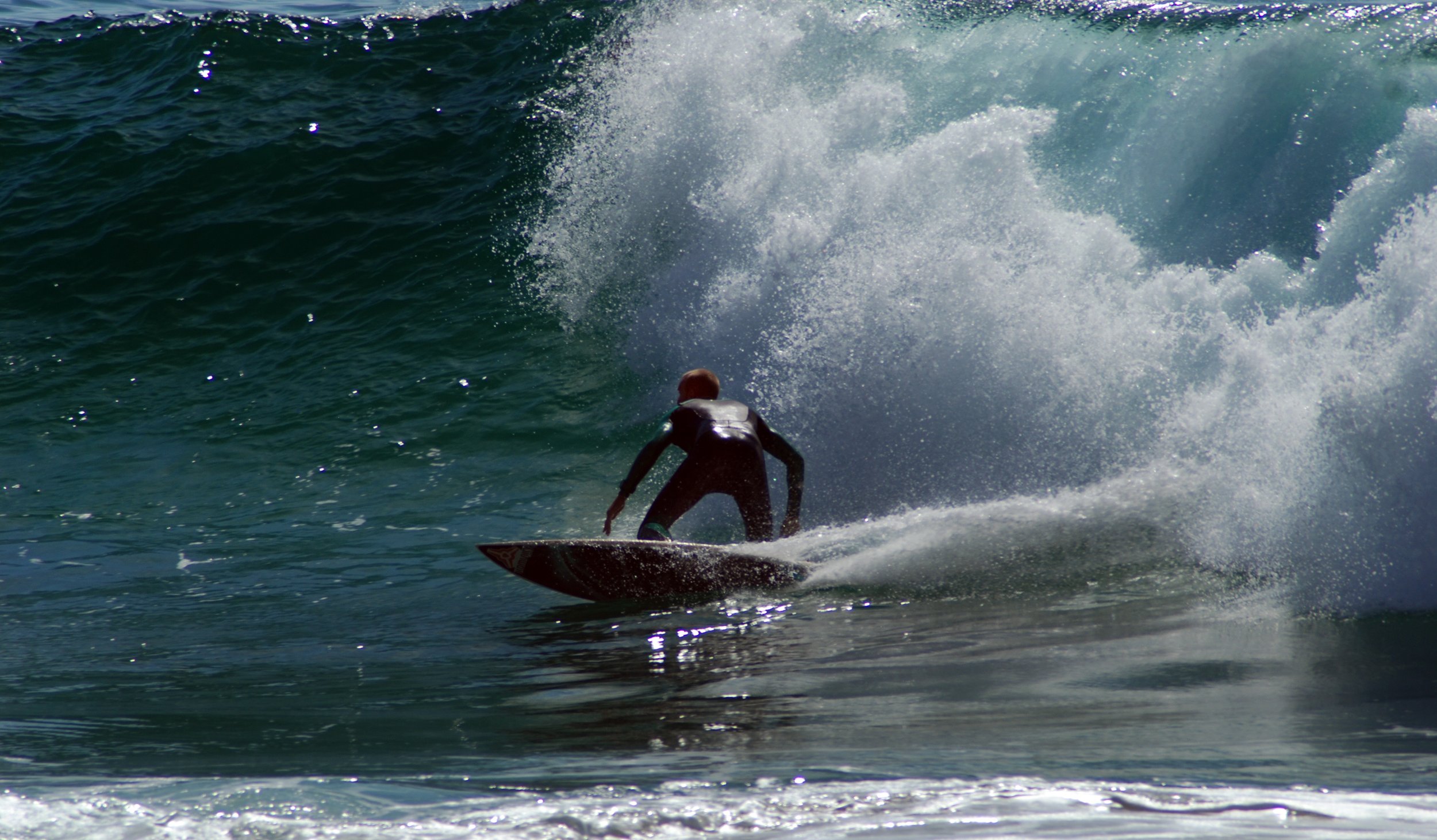PU vs EPS: do you know what’s inside your ride?
Published in Wavelength issue 221
If it wasn’t confusing enough with all the shapes out there, we now have a choice of materials too. Basically there is the original, and some would argue the best, which is our old friend the PU board. This is made out of a Polyurethane foam core and covered in fibreglass. The resin which is used to laminate (stick down and set the fibreglass) is polyester resin, which originates from World War II and is filthy stuff to work with and for the environment. Polyurethane foam isn’t any better; in fact, the largest supplier of foam, Clark Foam, was shut down due to environmental and health reasons. However, the closure in 2005 prompted the surfboard blank industry to clean up its act and flood the market with alternative material options.
EPS or extruded polystyrene foam is the latest to hit the market lending itself better to the mass produced moulded boards known as pop-outs, and to the higher-end boards such as Firewire, Aviso, Hayden Shapes, Surftech and Luflite to name just a few. The benefit of EPS boards is that they have a much better strength to weight ratio, but they need a special resin to laminate with known as epoxy. Epoxy is more stable chemically and can therefore be used on a variety of materials, whereas the traditional polyester resin can only be used on polyurethane foam. Use polyester resin on EPS and you may end up with a chemical fire, so make sure you use the right ding kit on your board! Some people refer to their boards as either fibreglass or epoxy, which are both incorrect, as nearly all boards have fibreglass and all boards can be laminated with epoxy. So the real differentiation is PU or EPS, referring to the foam core.
So that’s the technical difference, but what’s the difference in the ride? Well, some surfers swear that PU boards have a much better flex and feel, but unless you’re at an advanced level you’re not going to really feel that difference until you’re loading up your turns hard. Others argue that EPS boards are better in feel due to the exotic materials, the flex properties of the foam and also the use of parabolic stringers. But the reality is that there are so many factors involved in surfing that it’s nearly impossible to really tell. It’s more down to personal preference and how you mentally feel about the materials and the board. The one difference that everyone can feel though is price. PU is the default material used by small, local shapers as it is easier to work with and cheaper. So PU boards tend to be more widespread, offer more choice and have a cheaper price tag on average. However, EPS is easier to mould at a mass-production level, which is why brands that have common models favour an EPS and epoxy mix. Due to the high volume of boards made, they can end up being very good value, as well as lighter and a little stronger than their PU counterparts.
It is true that EPS does have different flex characteristics, but personally I think this creates a livelier ride. Some EPS boards can have a slightly more bouyant or “corky” feel which makes them sit higher in the water when riding. Longboards, for example, can benefit from this as they’ll paddle like they are a few inches bigger but turn (due to weight) like they are a few inches smaller. However, many surfers complain that this extra buoyancy in shortboards makes them feel odd. In fact, no matter how many surfers hail EPS boards as progressive, high performance technology, some surfers will always view them as cheap and totally soulless. I think the best thing is to just try a board out without any preconceptions, regardless of the material and see what surfs best for you. Unless of course you opt for neither material and chose wood, in which case you’ll end up with a beautiful work of art that is special whether it surfs well or not.










Why do tail shapes affect the performance of your surfboard? What tail shape is going to best suit the conditions you're about to surf in? All these questions answered within, click to read more